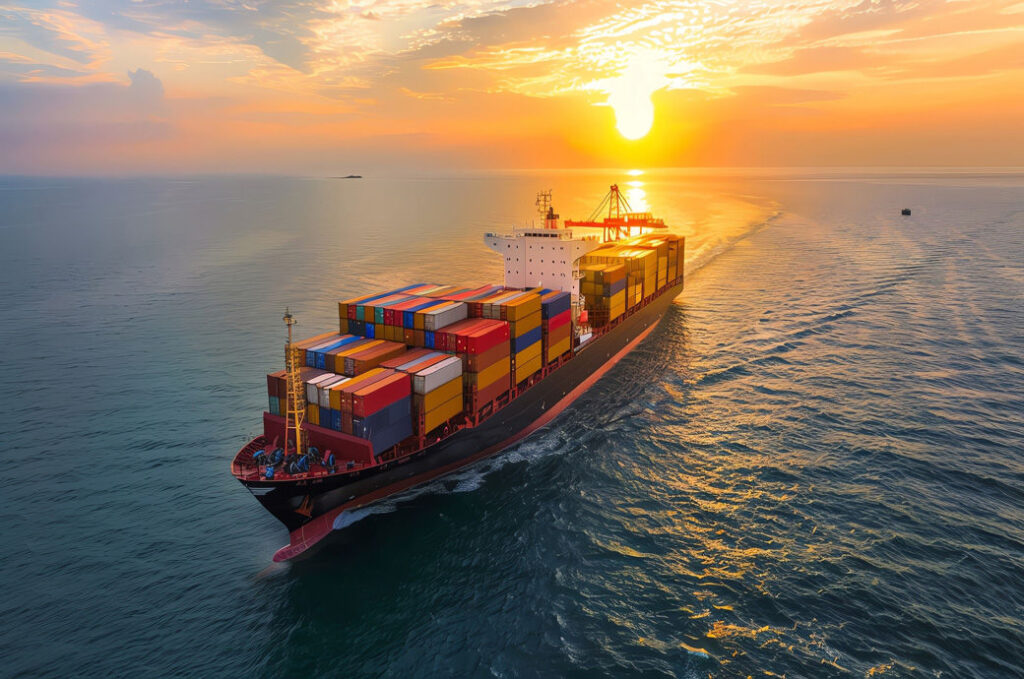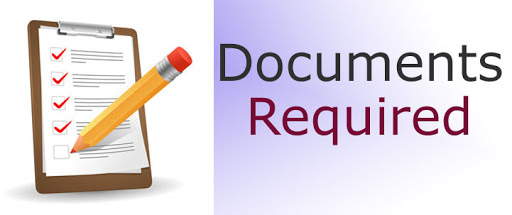- By TOP CHINA FREIGHT
- September 22, 2025
- Sea Freight, Shipping
Table of Contents
Sea freight from China to England is one of the most widely used shipping solutions for global businesses. With competitive costs, large cargo capacity, and reliable schedules, it remains the backbone of international trade. However, many importers face challenges such as customs procedures, fluctuating shipping rates, and choosing between FCL and LCL options. This guide provides you with a complete overview of shipping by sea, including costs, transit times, best practices, and tips to streamline your supply chain.

What makes sea freight from China to England popular?
1.Cost-effective for bulk shipments
Ideal for furniture, machinery, textiles, and electronics, offering lower per-unit costs than air freight.
2.Major port connections
Chinese ports (Shanghai, Ningbo, Shenzhen) link directly to English hubs (Felixstowe, Southampton, London Gateway).
3.Supports diverse cargo types
FCL, LCL, and specialized shipments like refrigerated containers.
4.Reliable and trackable
Predictable transit schedules with advanced logistics tracking.
5.Preferred by importers
Combines affordability, flexibility, and efficiency for most businesses.
How long does sea freight from China to England take?
Transit times depend on the port of origin, the chosen shipping line, and the destination port. On average, shipping takes between 28 and 40 days. Faster express services can shorten the time slightly, but costs will be higher.
| Route | Average Transit Time | Notes |
|---|---|---|
| Shanghai to Felixstowe | 30–35 days | Most common route |
| Ningbo to Southampton | 32–38 days | Reliable for electronics |
| Shenzhen to London Gateway | 28–34 days | Popular for consumer goods |
| Qingdao to Felixstowe | 35–40 days | Longer northern route |
Delays may occur due to customs checks, congestion at ports, or seasonal demand. Therefore, planning shipments in advance is crucial for maintaining supply chain stability.
How much does sea freight from China to England cost?

Sea freight rates vary depending on container size, cargo type, and market demand. Generally, FCL is more cost-efficient for large loads, while LCL works best for smaller shipments.
| Container Type | Average Cost (USD) | Best Use Case |
|---|---|---|
| 20ft FCL | $1,800 – $2,500 | Small businesses with full loads |
| 40ft FCL | $2,500 – $3,800 | Larger shipments, reduced per-unit cost |
| 40ft HQ FCL | $2,800 – $4,000 | Oversized or higher volume cargo |
| LCL (per CBM) | $60 – $90 | Small shipments without full container |
Additionally, costs can rise due to peak seasons, fuel adjustments, or port surcharges. Importers should always request quotes from freight forwarders and compare options.
What shipping options are available?
Full Container Load (FCL)
FCL means renting an entire container for your goods. It is ideal for large shipments, offering better security and lower cost per unit.
Less-than-Container Load (LCL)
LCL allows shippers to share container space with others. It is flexible and cost-effective for small or medium volumes, though it may take longer due to consolidation and deconsolidation.
Specialized Containers
For temperature-sensitive goods, refrigerated containers (reefers) are available. Open-top and flat-rack containers are suitable for oversized machinery and construction equipment.
| Shipping Method | Cost | Speed | Best For |
|---|---|---|---|
| FCL | Medium | Fast | Large volumes |
| LCL | Low (small loads) | Slower | Small shipments |
| Reefer | High | Standard | Food, pharma |
| Flat Rack | High | Standard | Oversized cargo |
What documents are required for sea freight?

Proper documentation ensures smooth customs clearance. Missing paperwork can result in costly delays.
| Document | Purpose |
|---|---|
| Bill of Lading (B/L) | Proof of shipment and ownership |
| Commercial Invoice | Provides details of goods and value |
| Packing List | Lists items and packaging details |
| Certificate of Origin | Confirms where goods were made |
| Import License (if required) | Authorization for restricted goods |
| Insurance Certificate | Protects against cargo loss/damage |
Moreover, digital documentation systems are increasingly used to speed up the clearance process, especially at busy UK ports.
What customs duties and taxes apply?
Importers into England must comply with UK customs regulations. Duties vary by product category, typically ranging between 2% and 12%. Additionally, VAT (20%) applies to most imports, calculated based on the value of goods plus freight and insurance costs.
Using a freight forwarder or customs broker helps ensure compliance and prevents delays. For high-value shipments, importers may also explore bonded warehouses, allowing them to defer duty payments until goods are sold.
Case Study: Shipping consumer electronics

A UK retailer imported 40ft FCL of smartphones and accessories from Shenzhen to Felixstowe. The total transit time was 32 days, including customs clearance. Shipping cost was $3,200, with additional $500 in customs duties. By booking early and consolidating orders, the retailer reduced overall supply chain costs by 12%, proving the efficiency of sea freight compared to air freight, which would have cost over $25,000.
What are the advantages and disadvantages of sea freight?
| Factor | Sea Freight | Air Freight | Rail Freight |
|---|---|---|---|
| Cost | Low | High | Medium |
| Speed | 28–40 days | 3–7 days | 16–22 days |
| Capacity | Very high | Limited | Medium |
| Environmental Impact | Lower per unit | Higher | Medium |
Sea freight provides the best balance of affordability and volume, making it ideal for most importers. However, importers dealing with urgent goods may need to combine it with air freight for faster delivery.
How to reduce shipping costs?
Secure space during peak season.
Combine smaller shipments under LCL.
Compare multiple quotes.
Avoid holiday surcharges.
Should you use a freight forwarder?
Freight forwarders handle negotiations, documentation, and customs clearance, making the process easier for importers. They provide end-to-end support, including warehousing, inland trucking, and cargo insurance. Moreover, forwarders have strong relationships with carriers, which can secure better rates and space allocation.
For small and medium businesses without dedicated logistics teams, using a forwarder is highly recommended.
Conclusion
Sea freight from China to England remains the most practical and affordable option for international trade. With reliable transit times, flexible container choices, and significant cost savings compared to air freight, it supports businesses of all sizes. However, importers must carefully manage customs, documentation, and seasonal fluctuations. Partnering with an experienced freight forwarder ensures smoother operations and lower risks.
Need a Shipping Quote?
If you want expert guidance and peace of mind, our team is ready to assist.
TJ China Freight offers tailored solutions to help businesses of all sizes ship more reliably from China.

FAQ
Q1:Can I ship hazardous goods by sea?
Yes, but you must comply with International Maritime Dangerous Goods (IMDG) regulations. Special containers, labeling, and permits are required.
Q2:Do I need cargo insurance for sea freight?
While not mandatory, insurance is strongly recommended. It protects your shipment against loss, theft, or damage during transit.
Q3:What is the busiest UK port for Chinese imports?
Felixstowe is the largest and busiest container port in the UK, handling the majority of imports from China.
Q4:How can seasonal demand affect shipping costs?
During peak seasons such as Chinese New Year or Christmas, container demand increases, pushing up freight rates. Booking early helps secure better prices.
Q5:Can sea freight be tracked in real time?
Yes, most shipping lines and freight forwarders offer tracking services. You can monitor container location and estimated arrival time online.
